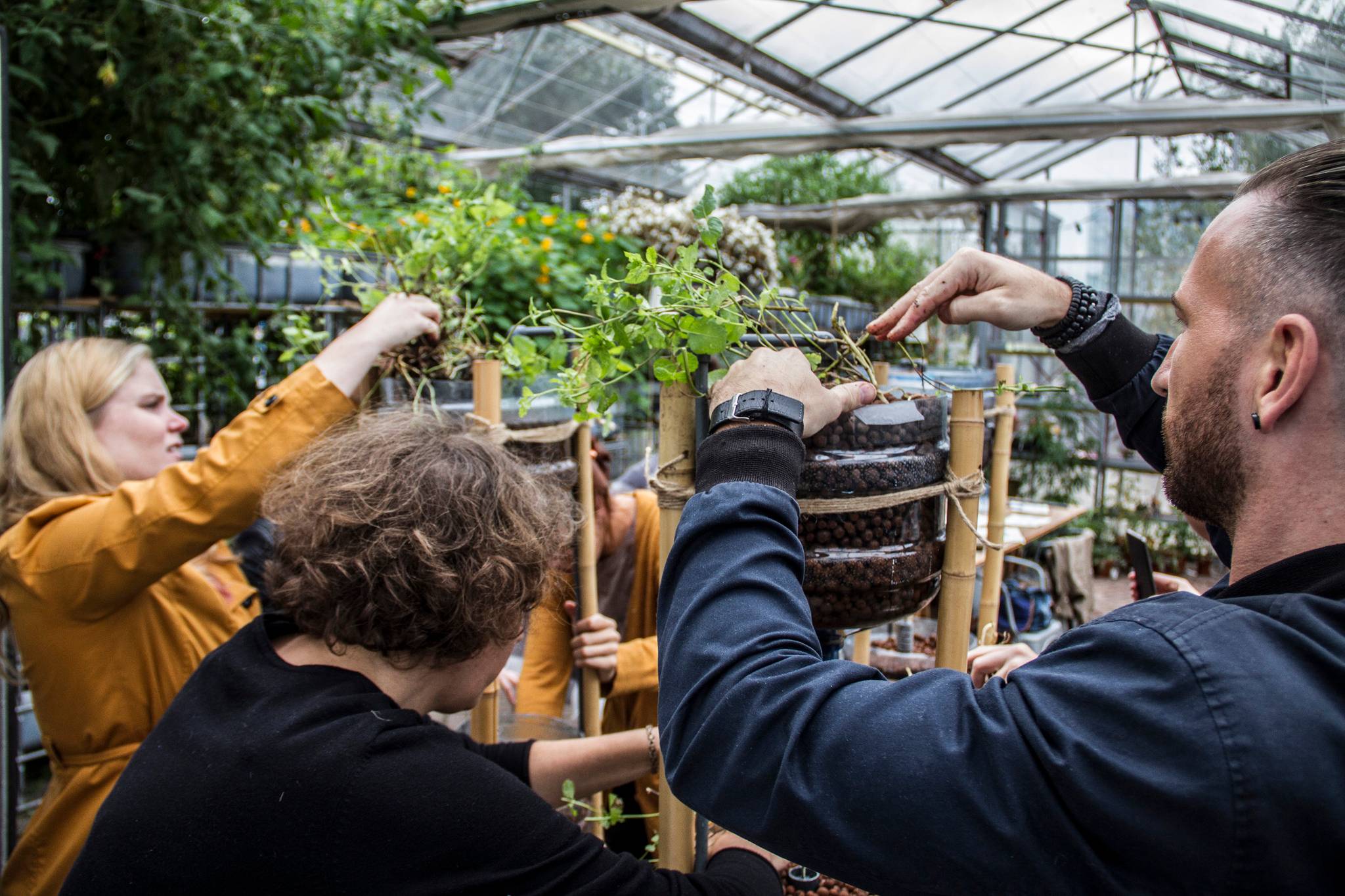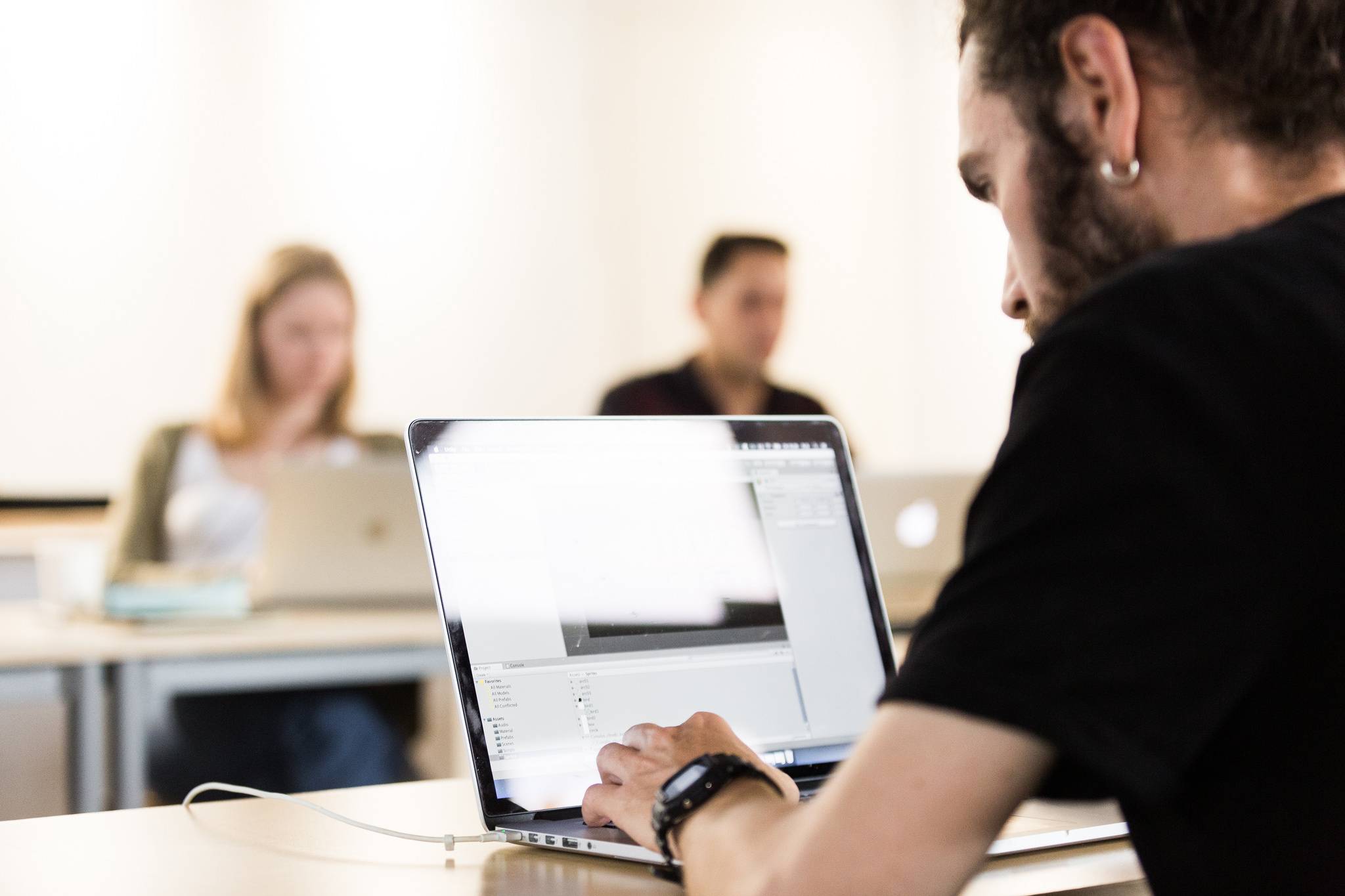
Today, Canvas8 heads off to Folkestone to attend Nudgestock 2018 – the UK's largest festival of behavioural science. As Ogilvy Change’s insights partner for the event, we took the opportunity to sit down with some of the guest speakers and explore how behavioural science can be harnessed to understand audiences, improve customer experiences, and influence social networks for the greater good.
Wanting to be understood is part of being human. But as personalised services raise expectations, consumers want brands to demonstrate a genuine understanding of their lives. Nearly three-quarters of Britons only consider brands that show they ‘understand and care about me’, while 74% of people in the US and UK say brands can set new standards by providing a higher level of customer service, and behavioural sciences are a brilliant tool to better understand employees, consumers, or a general audience.
With keynote speakers taking the stage throughout the day, Nudgestock will provide behavioural insights across a number of topics. Based on our conversations so far, here’s a preview of what we can expect:
Research shows that 79% of people feel overwhelmed by the amount of information they get online before booking a holiday. In order to understand how behavioural science can help people have a better travel experience, we spoke to Johann Rozario, e-commerce product owner at Booking.com. “When developing a product, we need to think about both enhancing its features and convincing people to use it,” he says. “That is where behavioural science has the biggest part to play.”
To find out how holidays are seen as risks, what role scarcity plays in bookings, and how behavioural science can offer a better experience, read the full thought leader piece here.
While 45% of people say ‘environmentally friendly’ is a key driver for purchasing, 84% think it’s important that the company they buy from is innovative. Biomimicry – design inspired by nature – can provide a way to tackle both of these desires. We spoke to Michael Pawlyn, founding director of Exploration Architecture, to explore how biomimicry can deliver sustainable, inventive products and solutions. He believes it can even change people’s mindsets by providing a more positive outlook on sustainability. “The term sustainable has tended to mean ‘mitigating negatives,’” says Pawlyn. “But the discussion around biomimicry is much more about optimising positives, about how we create a truly regenerative system that builds and enhances value over time.”
To understand what brands can learn from nature as eco-conscious shoppers raise the pressure to be sustainable, read the full thought leader piece here.
Lost productivity from employee disengagement amounts to £76 billion in lost revenue annually, and the average UK worker procrastinates for 218 minutes a day. From cognitive biases to the myth of multitasking, there are many barriers to achieving employee engagement and productivity. To understand how to tackle a disengaged workforce, Canvas8 spoke to Caroline Webb, economist and author of How to Have a Good Day, who argues that we should rethink how work fits into our lives, finding “work that gives a sense of purpose and meaning, so that we worry less about the exact number of hours that we’re working.”
To understand how behavioural sciences can help us to work smarter, read the full thought leader piece here.
Online advertising has transformed from what was once only static, clickable images, into targeted messages that follow people as they browse. But for many, it can be unnerving – 79% of people believe targeted ads are tracking their behaviour online. But that doesn’t mean people hate advertising altogether. Despite the prevalence of ad blocking software, 77% of people would prefer to filter ads than block them outright, which suggests that they need to be more tailored to individual preferences. “People have vast amounts of information coming in all the time, way more than they can process… so, all forms are getting less and less signal from this sort of advertising and people are paying less and less attention to it,” says Don Marti, open source strategist at Mozilla, who sat down with Canvas8 to understand why people treat digital ads with a spam mindset.
To explore how this evolution has impacted the perception and effectiveness of digital ads, read the full thought leader piece here.
The people in our social networks – whether friends or online influencers – can have an effect on our decisions; it’s why 94% of marketers who've used influencer marketing finding it effective. Research shows that even if a social network’s contents stay static – composed of the same individuals – a reshuffling of its arrangement can radically shake up its outcome. To find out how social networks can be massaged to facilitate the flow of positive influence, Canvas8 spoke to Nicholas Christakis, professor of social and natural sciences at Yale University and director of Yale’s Human Nature Lab. “It’s possible to identify structurally influential individuals, target them for behavioural change, and then foster ripple effects in the networks around them,” says Christakis. “Through this, other people who were not targeted – who were not the direct recipients of the intervention – nevertheless adopt the intervention because of their indirect connection to the target.”
To learn how our social networks shape our lives and how spots within a network can lend influence to their occupants, read the full thought leader piece here.
Rebecca Smith is a behavioural analyst at Canvas8, which specialises in behavioural insights and consumer research. She has worked with a number of global brands to help them better understand the mindsets of their audiences, from what people want from fake tan to how they feel about technology. Outside of work, you’ll find her binge-watching anime or with her nose stuck in a fantasy novel.


